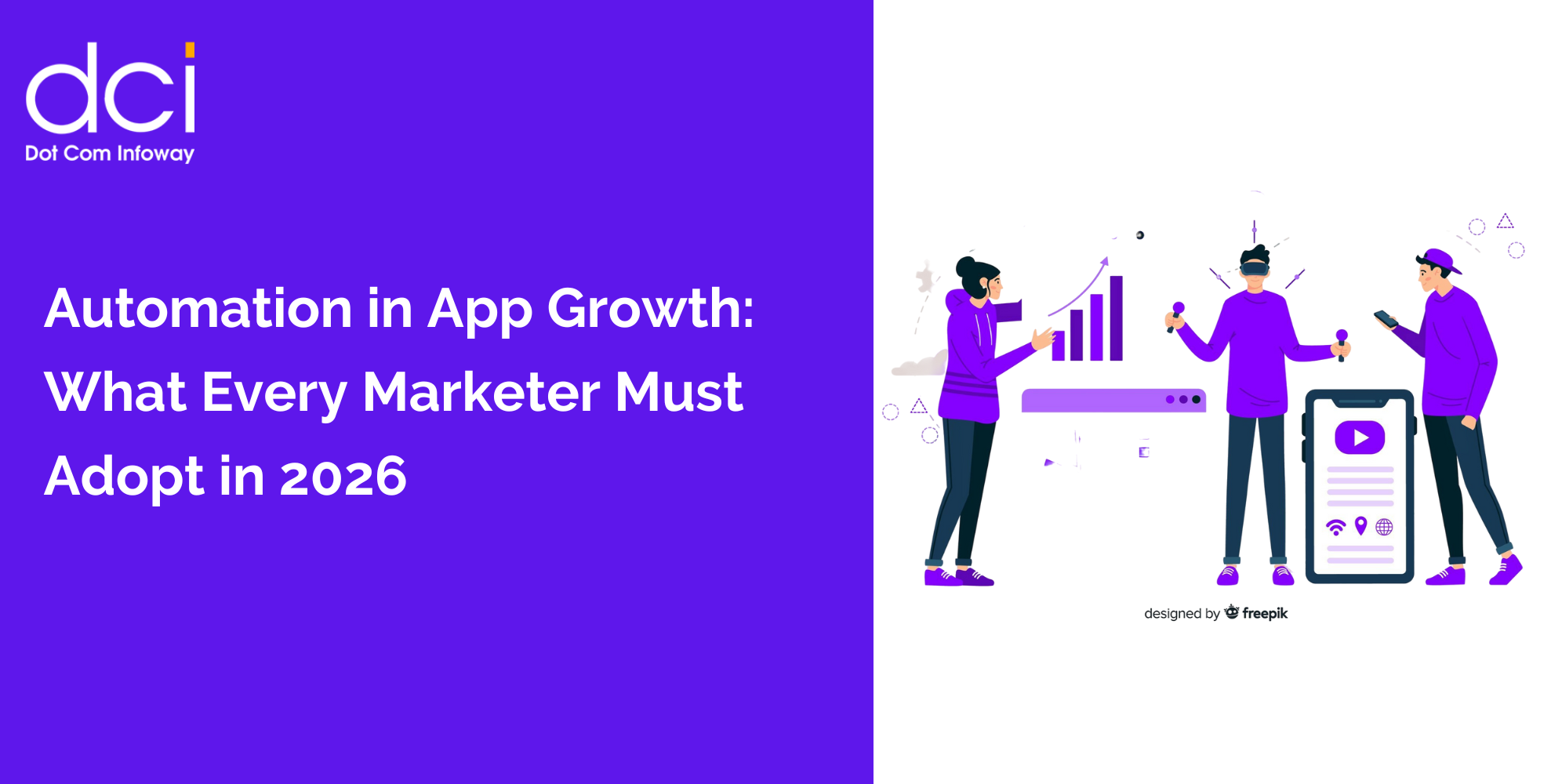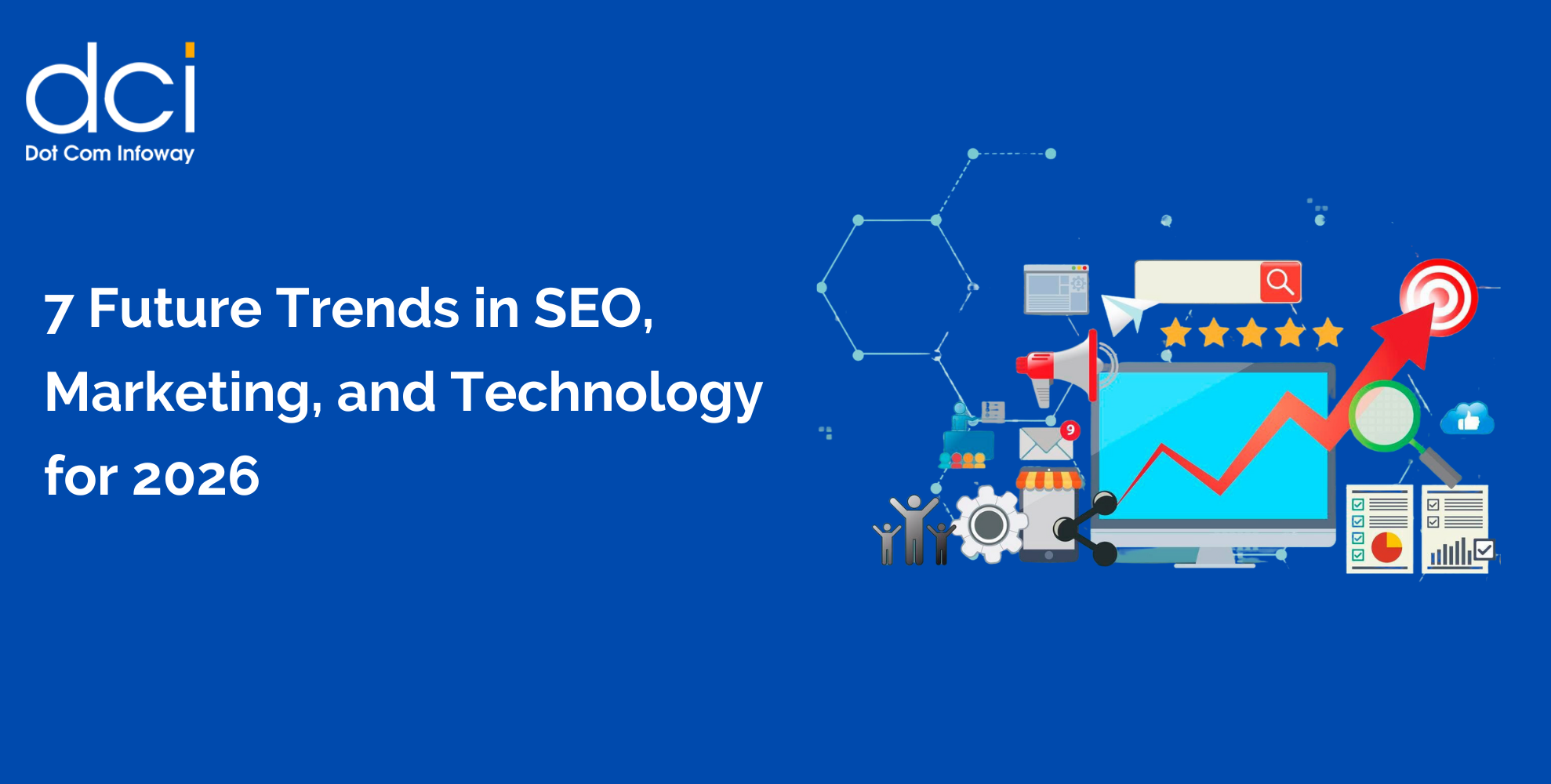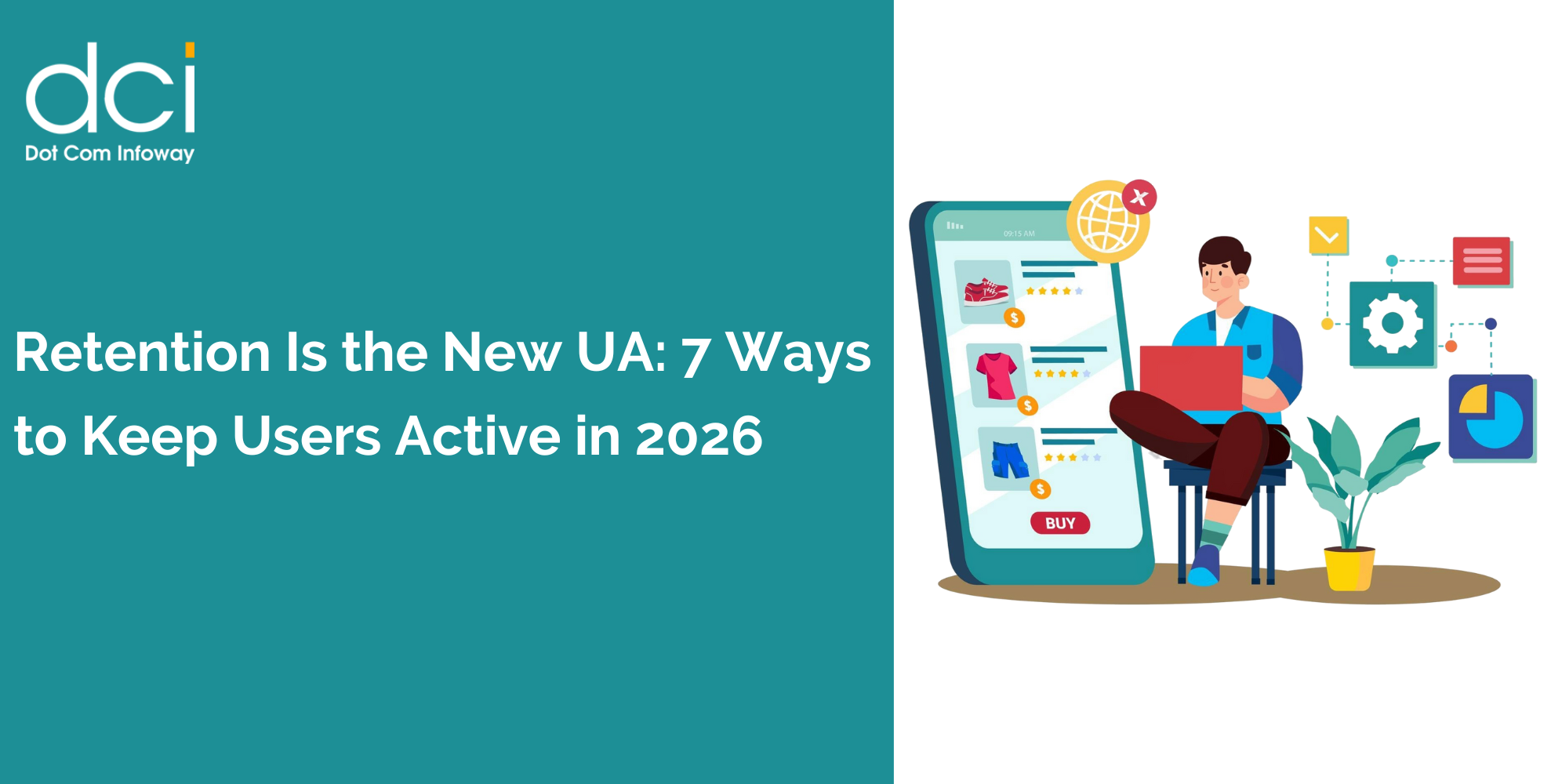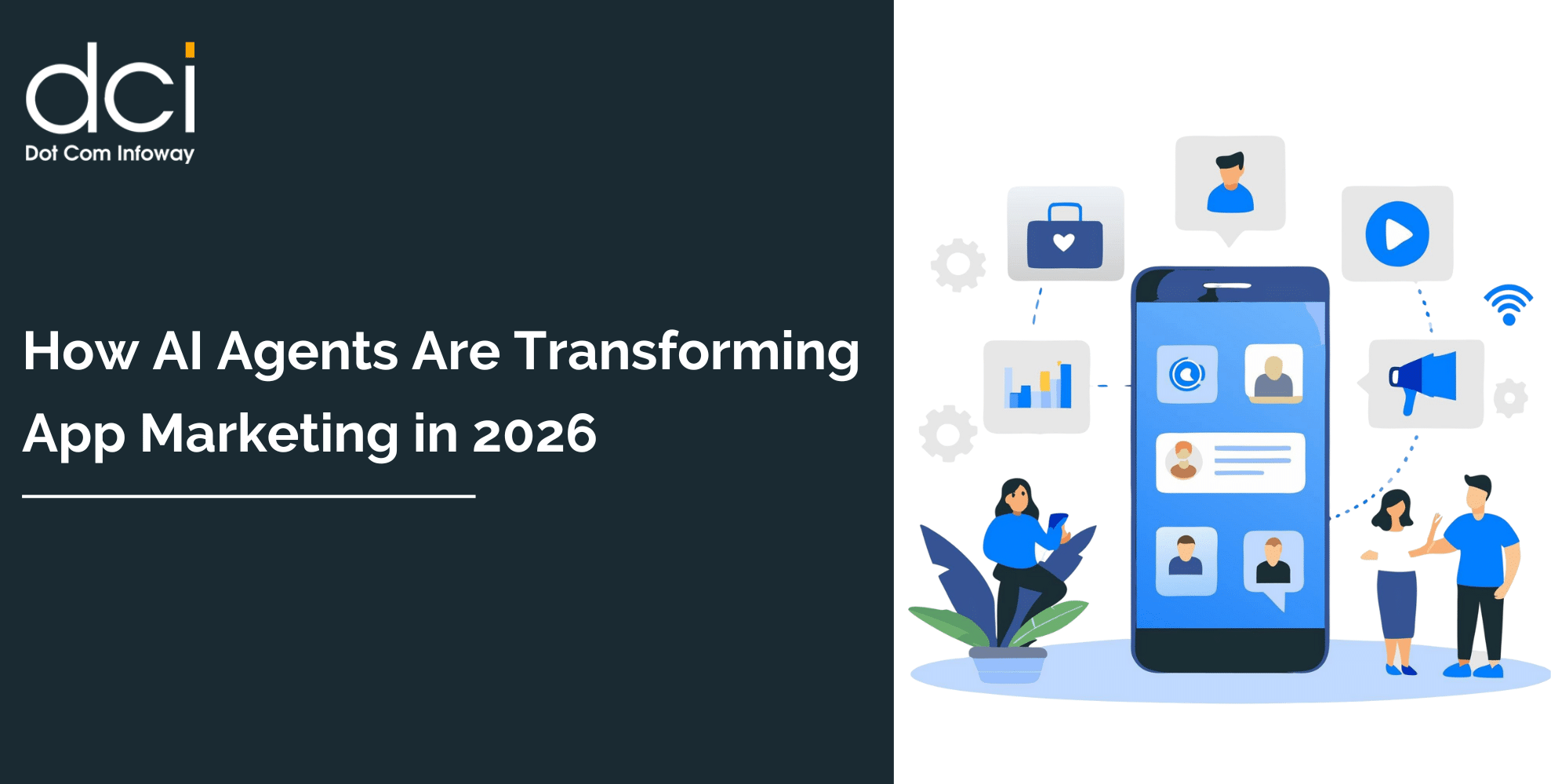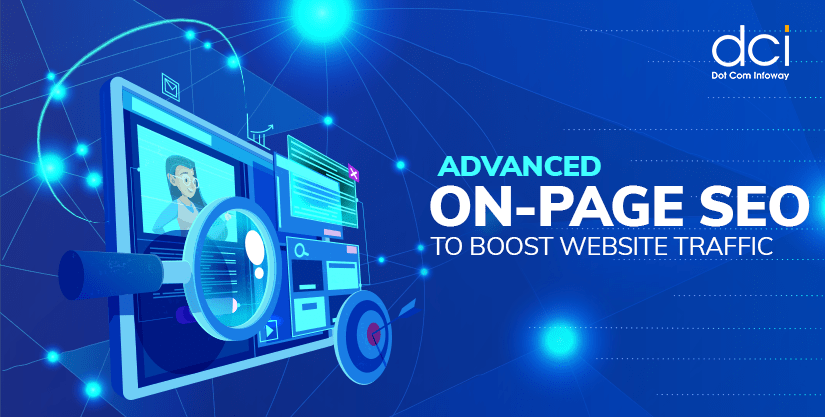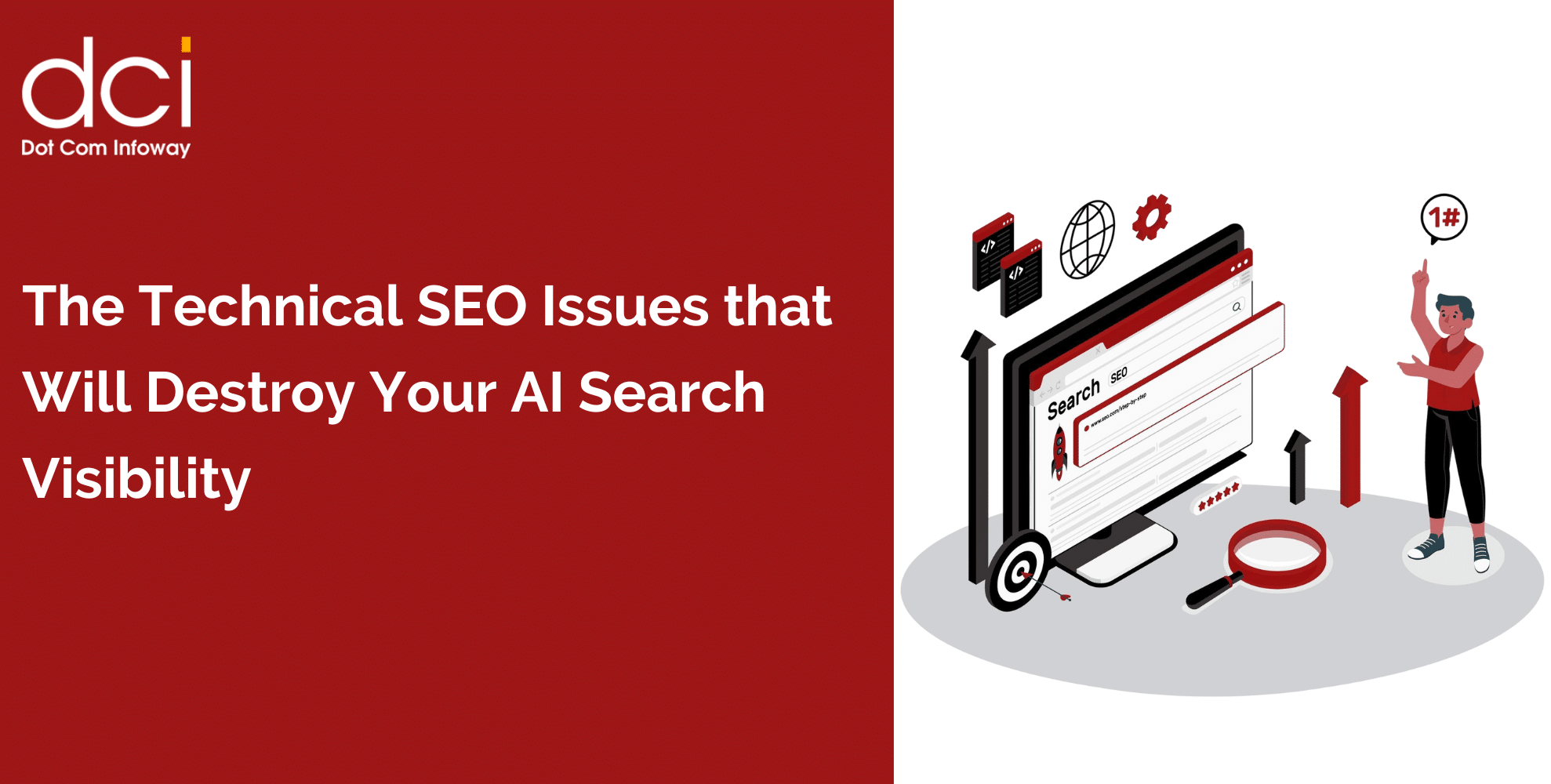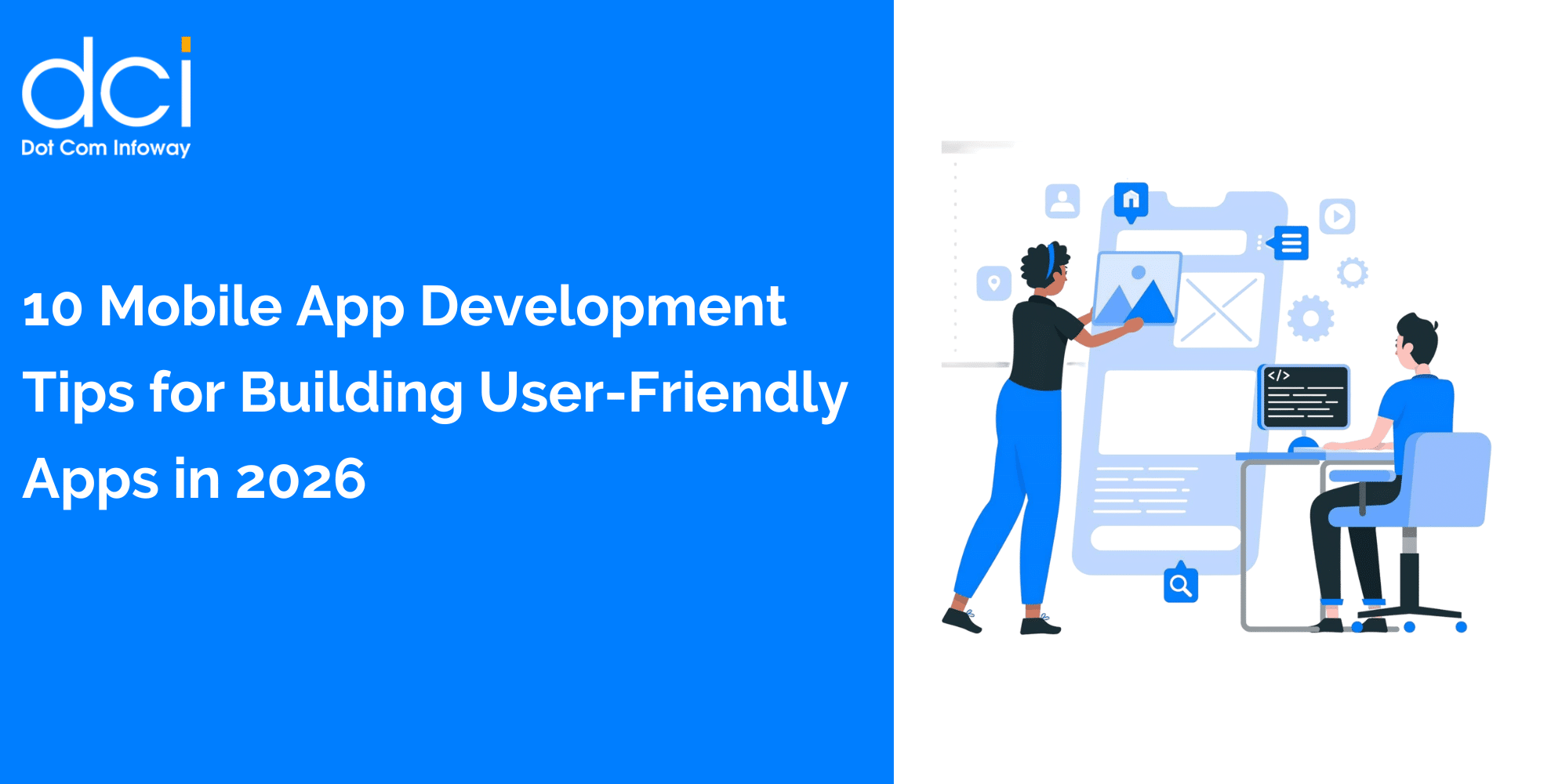Responsive web design has quite frankly become somewhat of a buzzword. Everywhere you turn, you’ll hear developers swear by the need to make your website responsive. But is it just a fancy term or is there more than meets the eye? Well, one thing we can say for sure is that it’s not a fad. If anything, failing to make your website responsive could be the very thing that starves your website of traffic. Worse yet, it may even lead to SEO penalties by search engines. Read on to learn more about why you need to pay serious attention to responsive web design.
Responsive Web Design – What it is
Imagine you’ve visited a website on your laptop. The fonts look great, everything’s perfectly fine, and the layout and navigation are super smooth. Then, you switch to your smartphone to visit the same website. But, alas, something serious has happened.
The text is now all jumbled up, and it’s a nightmare to scroll down pages, while the typography looks off-place. What happened? Well, you’ve likely visited a website that has a very non-responsive design. This leads us to our point today – what is responsive web design? Well, the short answer is that it’s all about ensuring that your website displays superbly on screen sizes of all kinds. If viewers were to visit your website on a mobile phone, tablet, laptop or other device, they’d still have the same excellent user experience either way.
To achieve this, you’ll likely need to play your HTML and CSS cards right. Doing so ensures that the website automatically does the following actions to meet every device’s unique screen
needs:
- Enlarges
- Shrinks
- Hides certain elements
- Resizes, etc.
In a nutshell, a responsive web design involves adopting a website to a user’s device. Simply put, it’s all about ensuring your website looks good on all devices.

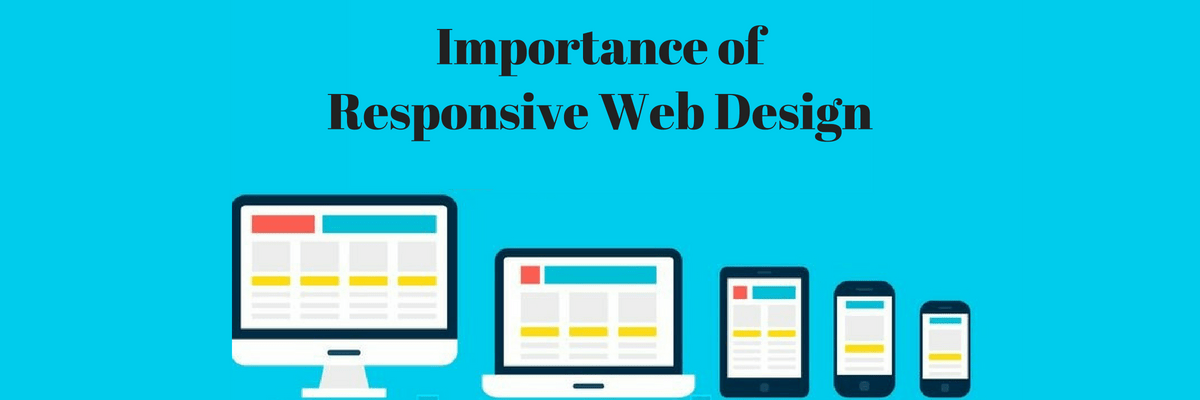



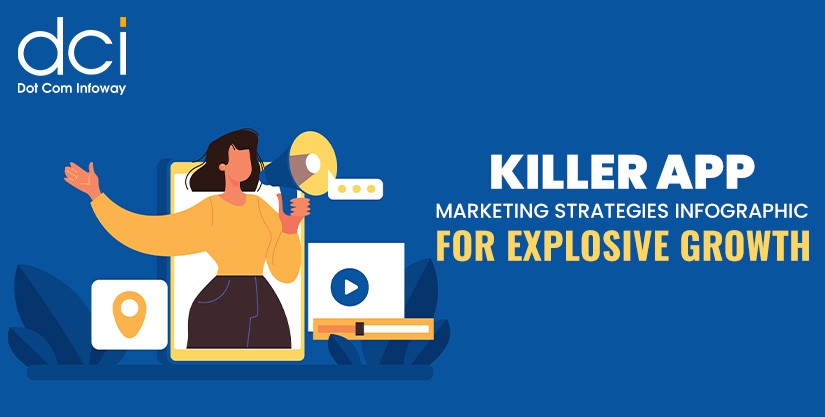
![The Game Marketing Guide: Pre and Post-Launch Strategies [Infographic]](https://www.dotcominfoway.com/wp-content/uploads/2023/09/DCI-Game-Marketing-blog-1.jpg)

